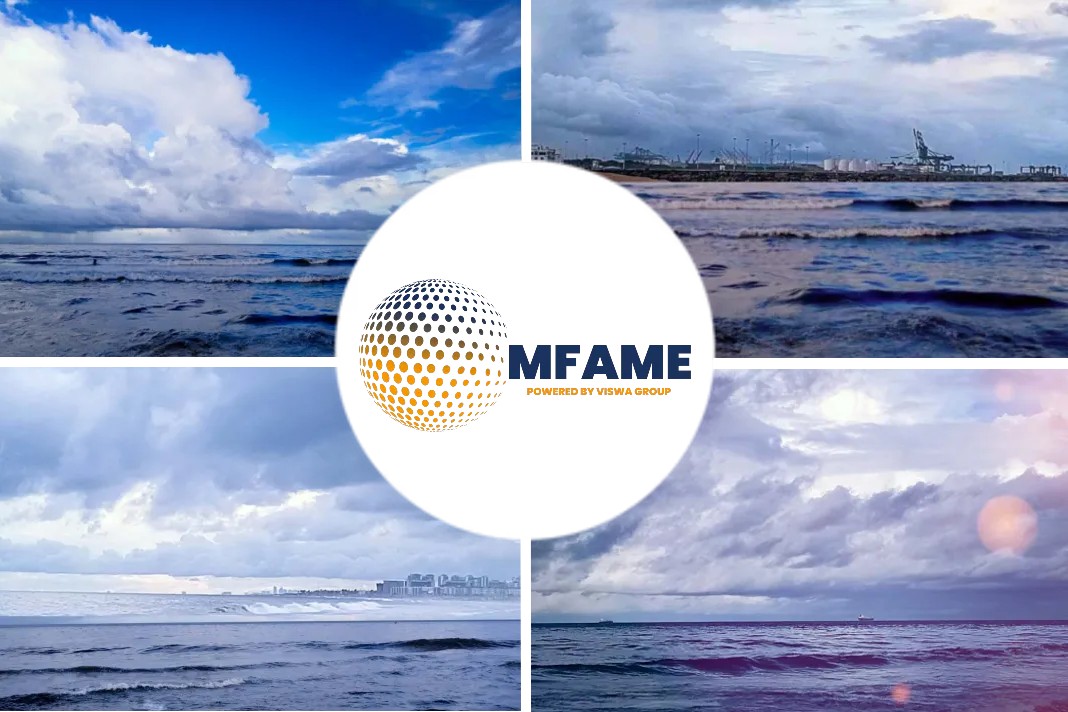
Russia risks an environmental catastrophe by deploying non-ice class ships on its increasingly busy Northern Shipping Route (NRS), according to experts at New York tanker brokerage Poten & Partners, reports TradeWinds.
Thanks to Western sanctions, Russia has increased its focus on deliveries to Asian clients, with plenty of ships choosing the Arctic voyage along the NSR this year.
Potential for time and fuel savings is significant
A journey from the Barents Sea to the port of Rizhao in China via the NRS takes 35 days, which, according to Poten, is 10 days less than the alternative southern route from the Baltic through the Suez Canal. The potential for time and fuel savings is significant. However, the weather can quickly change – something that was clearly in evidence in November 2021 when more than 20 ships got stuck along the route because of an early freeze in the Arctic waters.
While Russian owners do own many ice-class tankers, they are not enough to service all the exports for both the NSR and, importantly, the Baltic which also requires strengthened tankers during winter.
“Choices have to be made. It appears that the Russian authorities are willing to compromise safety by allowing non-ice-class vessels to be utilized in the trip across the Arctic Ocean,” Poten warned in its latest weekly report.
This June, Russian prime minister Mikhail Mishustin declared that some $21bn would be invested in the development of the NSR over the next 13 years. The investment would consist of constructing 50 icebreakers and ice-class ships, building ports, and creating an orbital satellite constellation, but all of this is far into the future, whereas environmentalists are worried about the risks posed in the coming months.
Freight traffic along the NSR increased from 4m tonnes in 2014 to 34m tonnes in 2022. Russia aims to increase the capacity of the NSR to 100m tonnes by 2026 and 200m tonnes by 2030.
Growing ‘dark fleet’
Last month was another milestone moment for the opening up of the NSR. Bulk carrier Gingo became the first capesize ship to sail the route. It took the bulker 13 days from Murmansk to China to carry 164,600 tonnes of iron ore concentrate – the largest cargo to cross the NSR, while a non-ice class aframax also made headlines in September for its trip to China along the NSR.
“The rapid expansion of Arctic shipping traffic using fossil fuels and opening Arctic Sea routes to year-round navigation for transporting fossil fuels heightens the risk of spills and leakages, increases underwater noise pollution, and destroys ice ecosystems and habitats of ice-dependent species such as seals and polar bears. It also poses a significant threat to the food security and livelihoods of Indigenous communities whose survival and sustenance rely on their intricate relationship with a healthy Arctic environment,” Sian Prior, lead advisor to the Clean Arctic Alliance, told Splash last month.
“Russia already utilizes a growing ‘dark fleet’ for regular oil shipments to counter sanctions and ensure the continuation of oil revenues. Now, it seems to be willing to take even more risks by expanding NRS shipments on non-ice-class tankers,” Poten concluded.

Did you subscribe to our daily newsletter?
It’s Free! Click here to Subscribe!
Source: TradeWinds
















